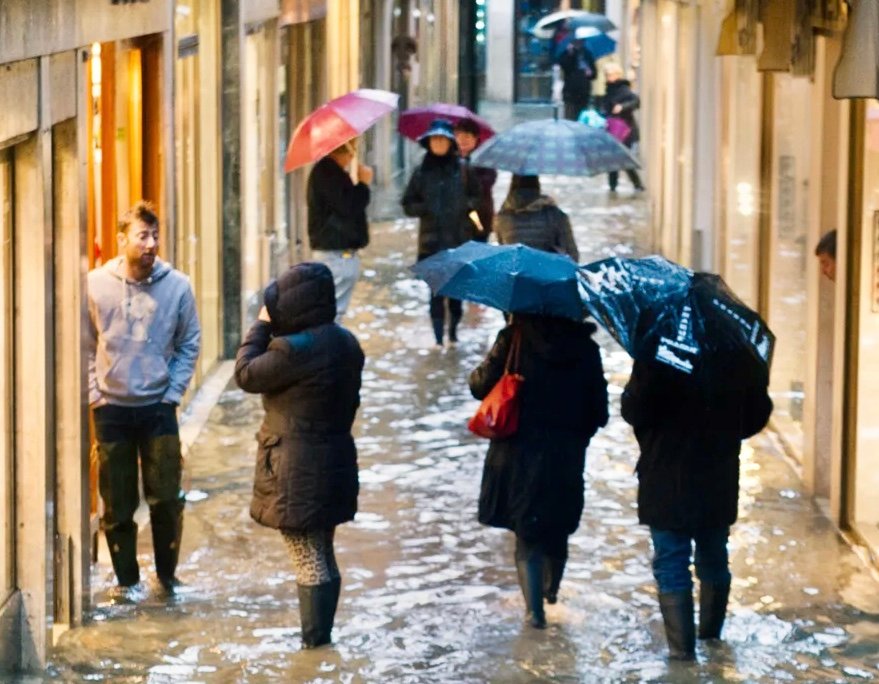The fashion industry is facing a growing crisis as extreme weather events become more frequent and intense. From the devastating wildfires in Los Angeles to the widespread flooding across Europe, the impact of climate change is being felt across the globe. As the industry grapples with the consequences of these events, many are asking: is it time for fashion to rethink its store network?
The statistics are stark. According to a recent report, the number of extreme weather events has increased by 50% over the past decade, resulting in billions of dollars in damages and losses. For the fashion industry, these events can have a devastating impact on supply chains, logistics, and brick-and-mortar stores.
One of the most significant challenges facing the industry is the increasing frequency of flooding. As seen in recent events in Europe, flooding can have a catastrophic impact on stores and inventory, resulting in significant losses for retailers. In addition, the cleanup and rebuilding process can be lengthy and costly, further exacerbating the financial burden on businesses.
Wildfires are another major concern for the industry. As seen in Los Angeles, wildfires can have a devastating impact on stores and surrounding communities. In addition to the immediate damage caused by the fires, the long-term effects on air quality and public health can also have a significant impact on businesses.
So, what can the fashion industry do to mitigate the impact of extreme weather events? One solution is to rethink the traditional store network model. With the rise of e-commerce and digital retail, many experts believe that the industry needs to adopt a more flexible and adaptable approach to physical retail.
This could involve investing in more sustainable and resilient store designs, such as those that incorporate flood-resistant materials or are built on higher ground to mitigate the risk of flooding. It could also involve adopting more agile and responsive supply chain management systems, which can quickly respond to changes in demand or disruptions caused by extreme weather events.
Another solution is to prioritize sustainability and environmental responsibility in store design and operations. This could involve incorporating renewable energy sources, reducing waste and energy consumption, and implementing sustainable materials and practices throughout the supply chain.
As the fashion industry continues to navigate the challenges posed by extreme weather events, it is clear that a new approach is needed. By prioritizing sustainability, adaptability, and resilience, the industry can reduce its exposure to risk and build a more sustainable future for generations to come.
In conclusion, the fashion industry is facing a growing crisis as extreme weather events become more frequent and intense. To mitigate the impact of these events, the industry needs to rethink its store network model and prioritize sustainability, adaptability, and resilience. By doing so, the industry can reduce its exposure to risk and build a more sustainable future for generations to come.
As the industry looks to the future, it is clear that the traditional store network model is no longer fit for purpose. With the rise of e-commerce and digital retail, the industry needs to adopt a more flexible and adaptable approach to physical retail. By investing in sustainable and resilient store designs, adopting agile and responsive supply chain management systems, and prioritizing sustainability and environmental responsibility, the industry can build a more sustainable future and reduce its exposure to risk.
The impact of extreme weather events on the fashion industry is a wake-up call for businesses to rethink their approach to sustainability and environmental responsibility. As the industry looks to the future, it is clear that a new approach is needed – one that prioritizes sustainability, adaptability, and resilience. By working together to build a more sustainable future, the fashion industry can reduce its exposure to risk and build a brighter future for generations to come.
Source: Africa Publicity








